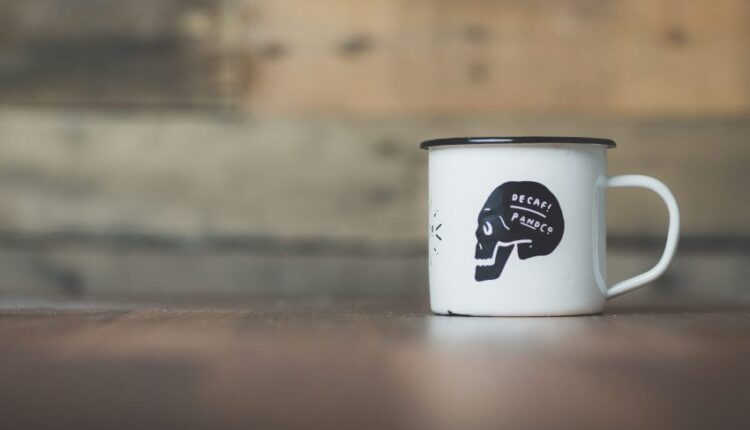Why Decaf Coffee Is No Longer Getting Roasted as Being ‘Inferior’ to Regular Brews
In 2023, Zhang Weihong was given a mysterious bag of coffee by his friend Francesco Sanapo, a three-time Italian barista champion. The bag contained notes of eucalyptus and strawberry, which Zhang assumed to contain expensive beans like anaerobically fermented Geishas or Sidras. However, Sanapo revealed that it was caffeine-free. This opened Zhang’s eyes to decaf, and he decided to use the beans, a basic typica variety from Finca Los Nogales in Colombia, in his appearance at the US Brewers’ Cup, a competition that highlights filter coffee brewing by hand. He won the title for the first time in the competition’s 20-year history.
Decaf has long been the subject of derision and jokes in the coffee industry and out, but it has quietly continued to grow in both quality and popularity. Skyquest Technology predicts that the global decaf market will grow from US$19.5 billion in 2022 to US$28.9 billion by the end of the decade. Decaf growth has largely been outpacing regular coffee growth over the past five years, with sales of Blue Bottle Coffee’s Night Light Decaf blend placing it in the top five blends in both cafes and online.
Decaf is not as strange as alcohol-free cocktails and meat-free hamburgers, says Adam Paronto, a founder of Chicago’s Reprise Coffee Roasters. People want their rituals without their drugs, and they don’t want it to mess them up where they can’t function normally, whether that be their job or socially.
In conclusion, decaf has become a popular choice for those seeking a healthier alternative to traditional coffee. With the rise of alcohol-free cocktails and meat-free hamburgers, decaf coffee has become more popular and accessible.
New techniques in caffeine removal have played a key role in the history of decaffeination, dating back to the early 20th century in Bremen, Germany. Coffee merchant Ludwig Roselius patented a process in 1906 that involved steaming coffee beans to open their pores, then switched to using benzene as a solvent to remove caffeine. He established Kaffee HAG (Kaffee-Handels-Aktiengesellschaft) to sell his decaffeinated coffee. Other solvents, such as methylene chloride, eventually replaced benzene and became integral to the European Method of decaffeination.
Organisations such as the Clean Label Project petitioned the California Assembly and the US Food and Drug Administration (FDA) to prohibit the use of the substance, which has already been banned by the United States Environmental Protection Agency in products like paint strippers. The National Coffee Association has pushed back, arguing that all samples tested by the Clean Label Project were within the FDA’s level of concern.
A process for removing caffeine from coffee without the use of chemicals was developed in Switzerland in the 1930s. Swiss Water Decaffeinated Coffee refined that method into a proprietary process in which green coffee is immersed in green coffee extract, during which 99.9% of the caffeine is released and filtered out. In the US, removal of 97% of the caffeine is enough for a coffee to qualify as decaffeinated; in the European Union, 99.9% must be removed.
While this method is generally considered to preserve the taste of coffee better than other methods, it is relatively expensive, adding $1 to $2 per pound to the cost of the green coffee. In recent years, another process using ethyl acetate has been gaining popularity. The chemical can be used in a synthetic form or derived naturally in the “sugar cane method.”
Decaf has quietly continued to grow in both quality and popularity, with new techniques being developed to preserve the taste of coffee. Zhang, who won the World Coffee Championships at the Specialty Coffee Expo in Chicago, is one of those pioneers in this field.
Read More @ SCMP
Source: Coffee Talk



